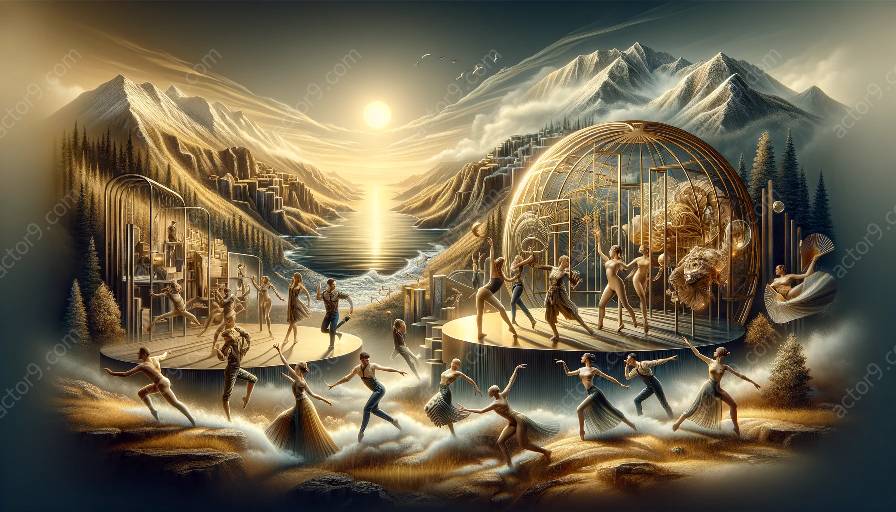Global storytelling traditions are as diverse and rich as the cultures they originate from. From African griots and Aboriginal dreamtime stories to European folklore and Asian myths, the art of storytelling has transcended generations and continents.
At the intersection of these rich storytelling traditions lies physical theatre, a performance art that relies on the physical movement of the body to convey narratives and emotions. This combination of storytelling and physicality has given rise to a unique form of artistic expression that bridges cultural divides and resonates with audiences worldwide.
The Connection Between Storytelling Traditions and Physical Theatre Techniques
Techniques in physical theatre draw inspiration from a wide range of sources, including the traditional storytelling methods of different cultures. By incorporating elements of storytelling traditions into physical theatre, performers can create compelling narratives that transcend language barriers and connect with audiences on a visceral level.
Embodying Cultural Narratives: Physical theatre techniques often involve embodying characters and narratives from various cultural traditions. This may include adopting distinctive movement styles, gestures, and vocal expressions that are characteristic of specific storytelling traditions.
Rhythmic and Gestural Languages: Many global storytelling traditions employ rhythmic and gestural languages to convey emotion and meaning. Physical theatre techniques leverage these aspects to communicate narratives through nuanced body language and movement.
The Role of Ethnicity and Cultural Sensitivity in Physical Theatre
Diversity and Inclusivity: Physical theatre practitioners recognize the importance of representing diverse cultural narratives with respect and authenticity. This involves engaging with global storytelling traditions in ways that honor their origins and significance within their respective cultures.
Research and Collaboration: Exploring global storytelling traditions as a source of inspiration for physical theatre requires thorough research and, when appropriate, collaboration with artists and experts from the cultures being referenced.
Engaging with Global Storytelling Traditions in Contemporary Physical Theatre Performances
Contemporary physical theatre productions often draw from global storytelling traditions to create performances that resonate with modern audiences. By infusing traditional narratives with innovative physical theatre techniques, artists can present culturally rich and visually captivating experiences.
Interdisciplinary Collaborations: Embracing global storytelling traditions in physical theatre encourages interdisciplinary collaborations between artists, writers, choreographers, and directors. This blend of creative expertise results in performances that are multifaceted and compelling.
Conclusion
Global storytelling traditions serve as a wellspring of inspiration for practitioners of physical theatre. By embracing the diverse narratives and expressive forms found in cultures worldwide, physical theatre can continue to evolve as a vibrant and inclusive art form, captivating audiences with its powerful blend of storytelling and physicality.




































